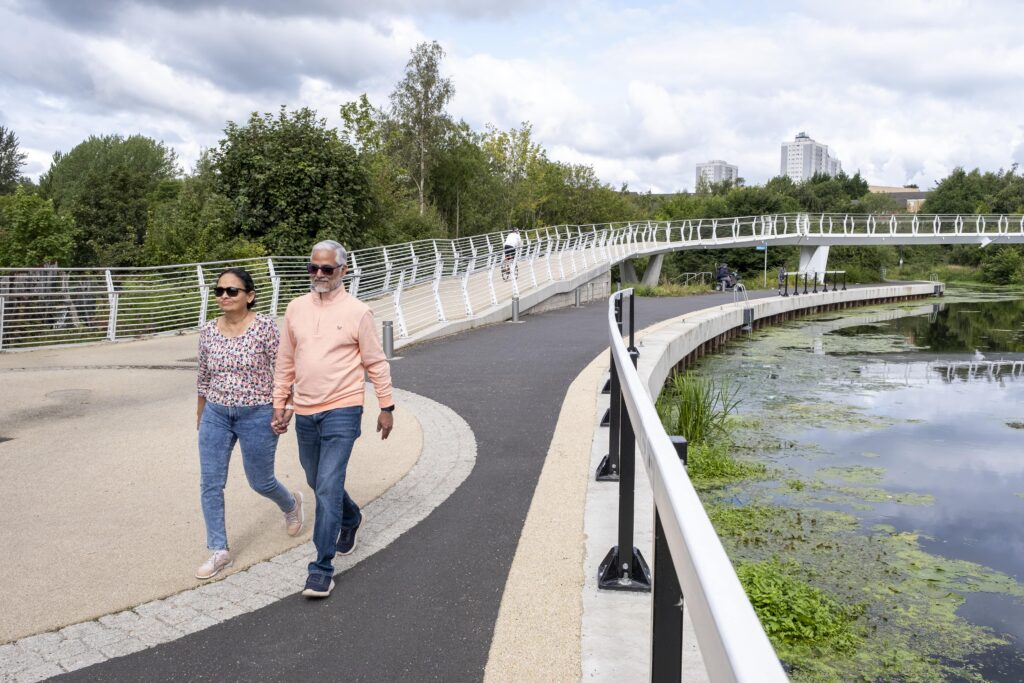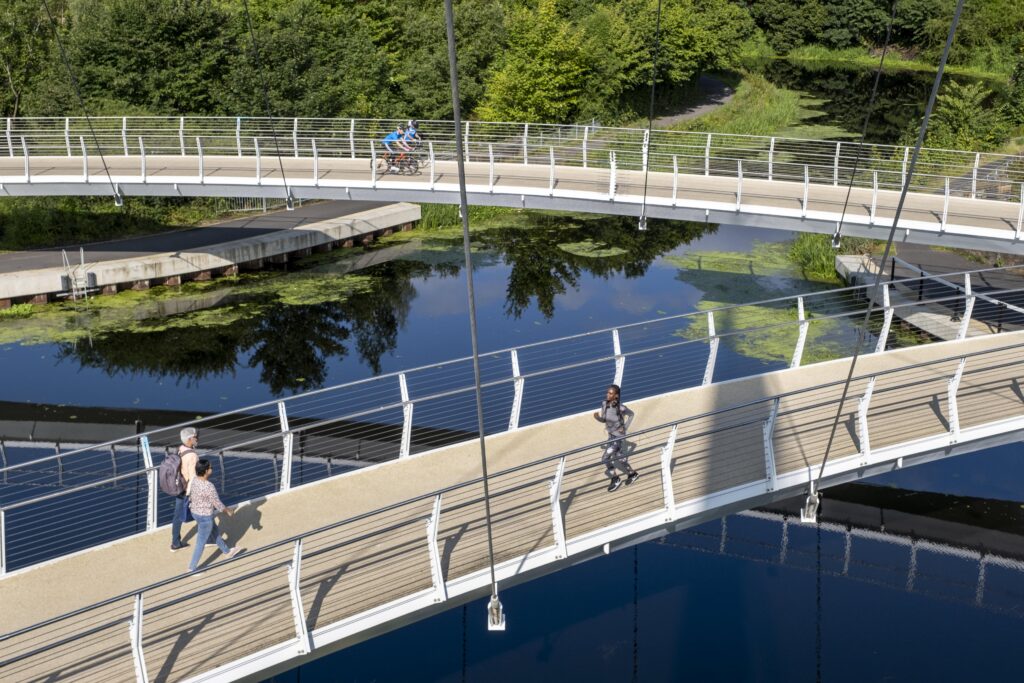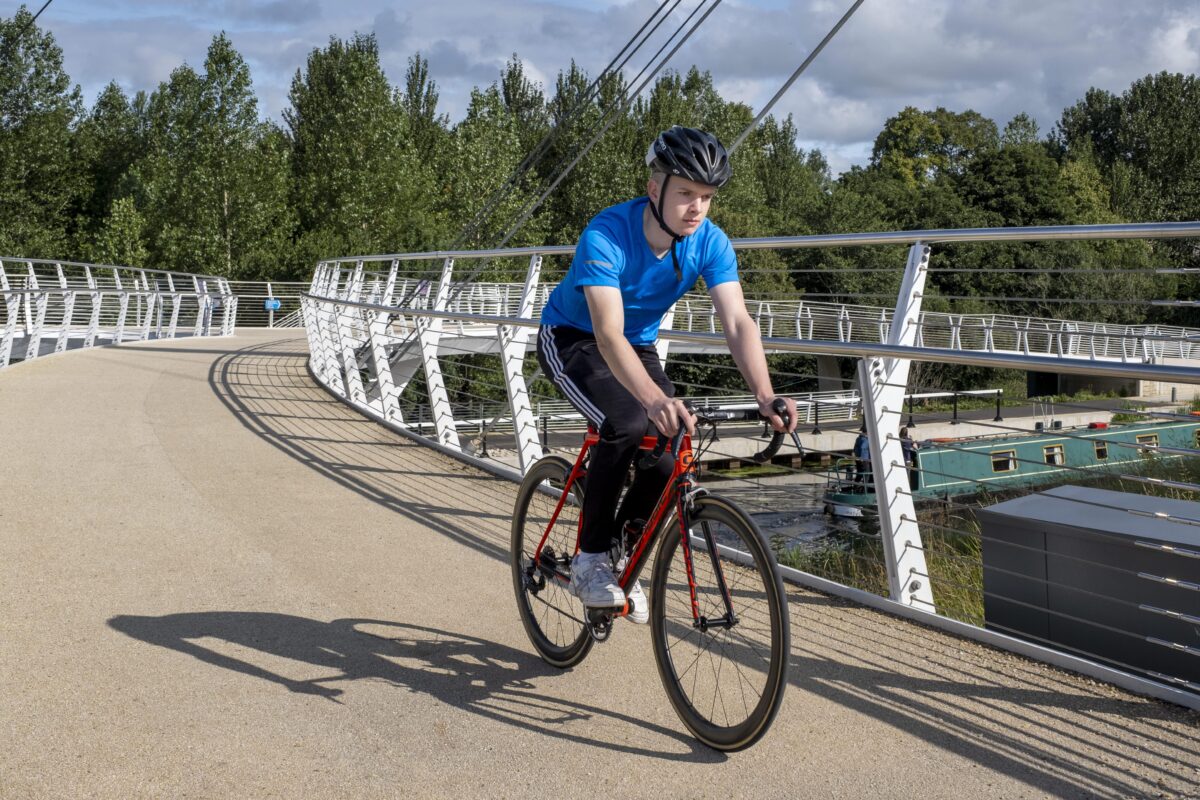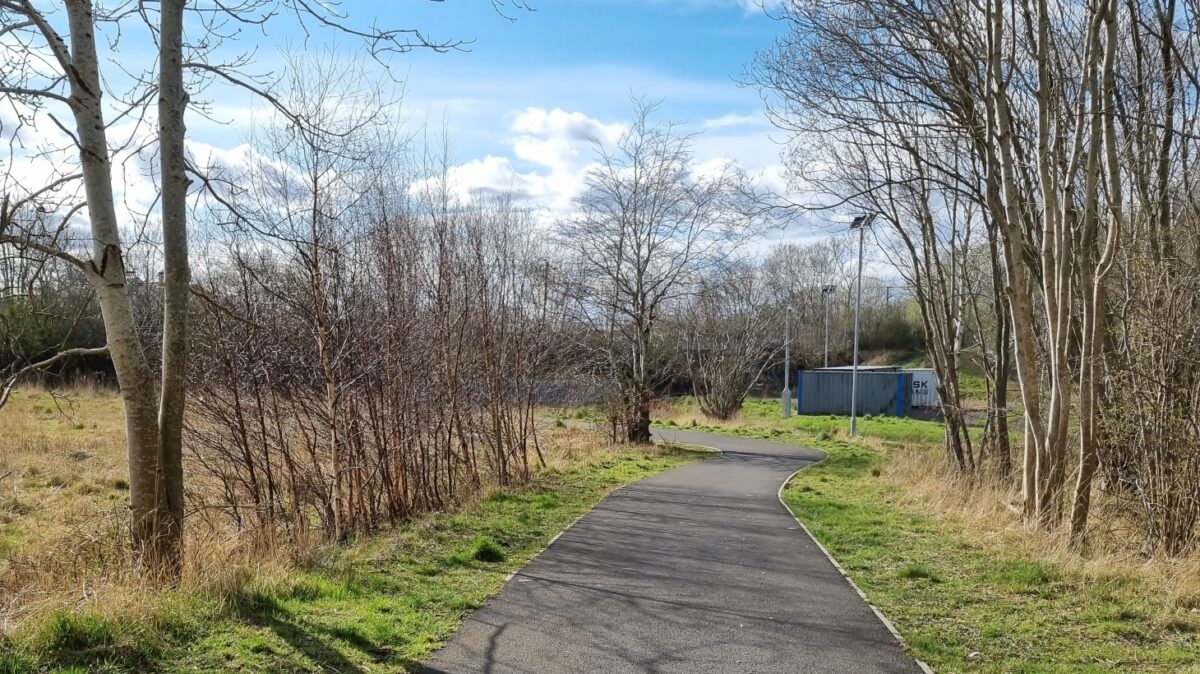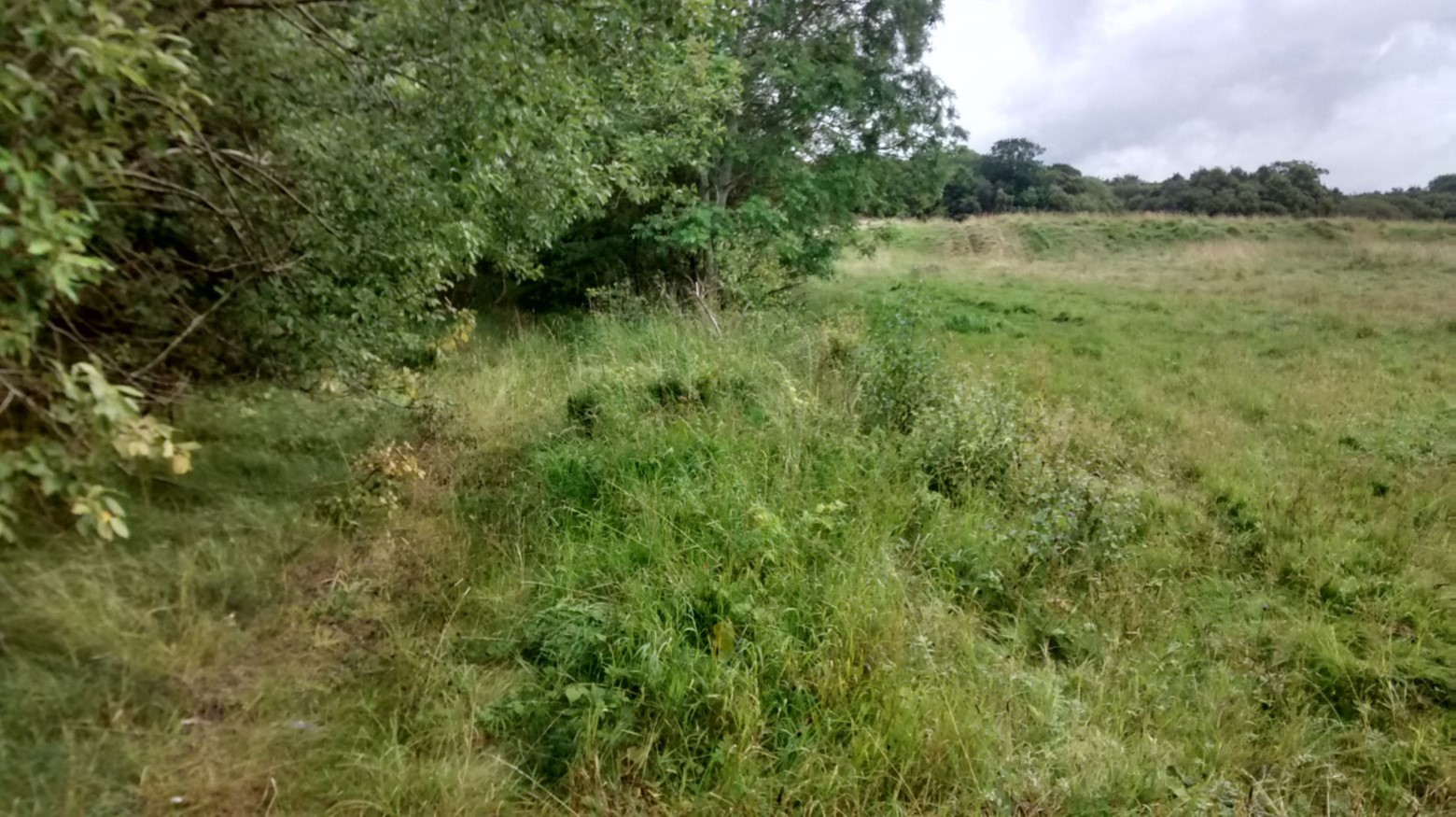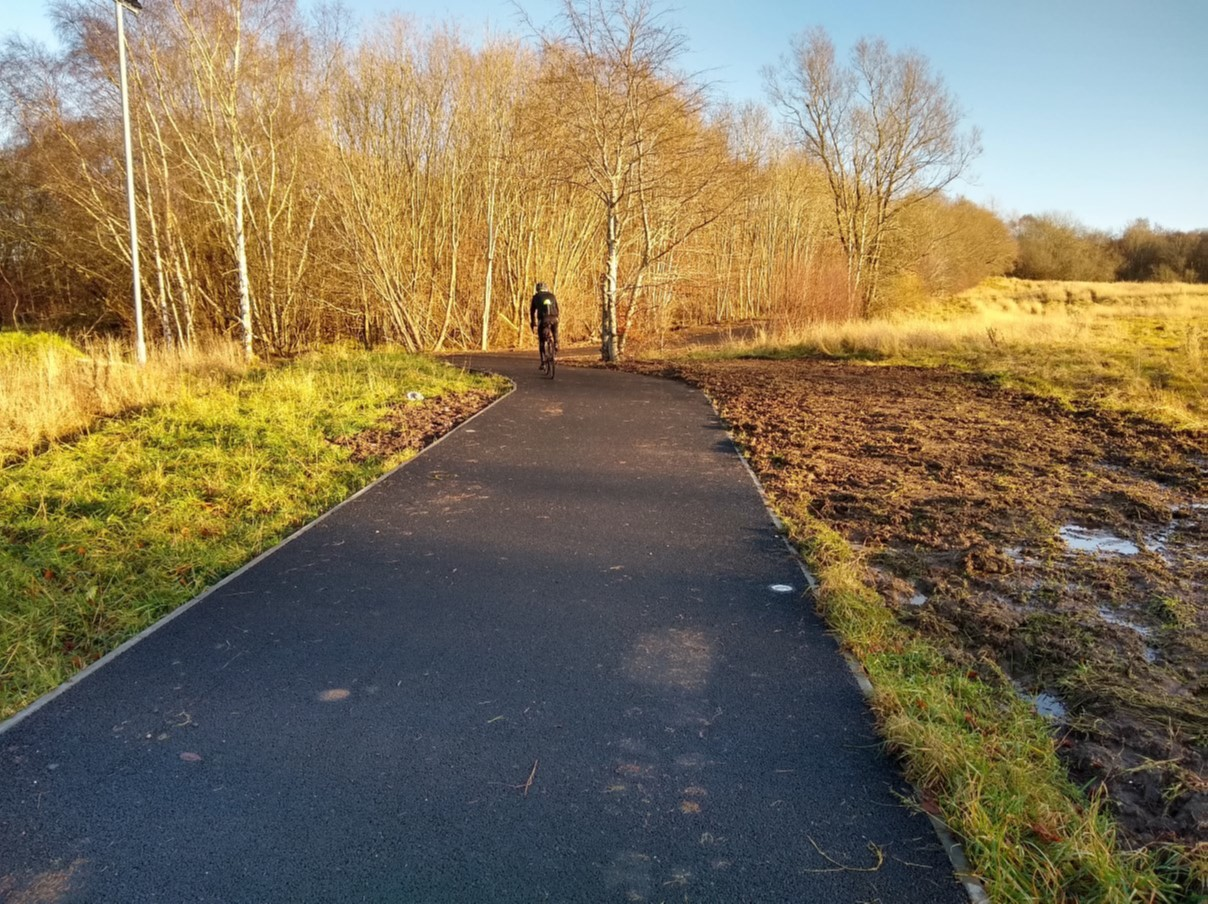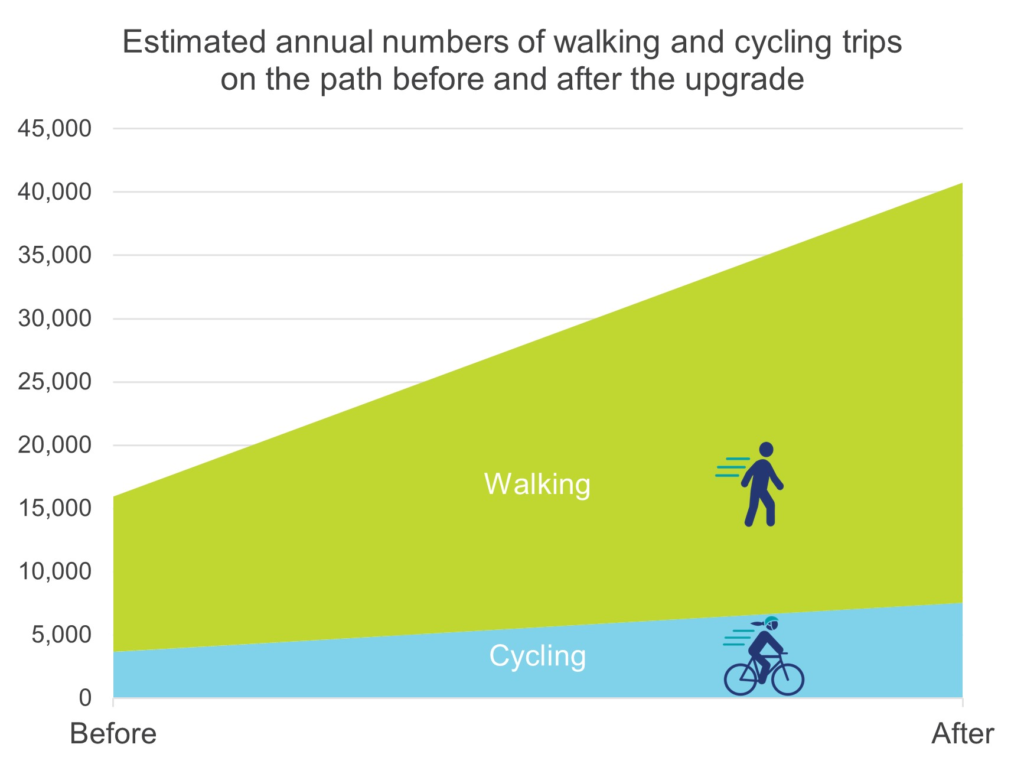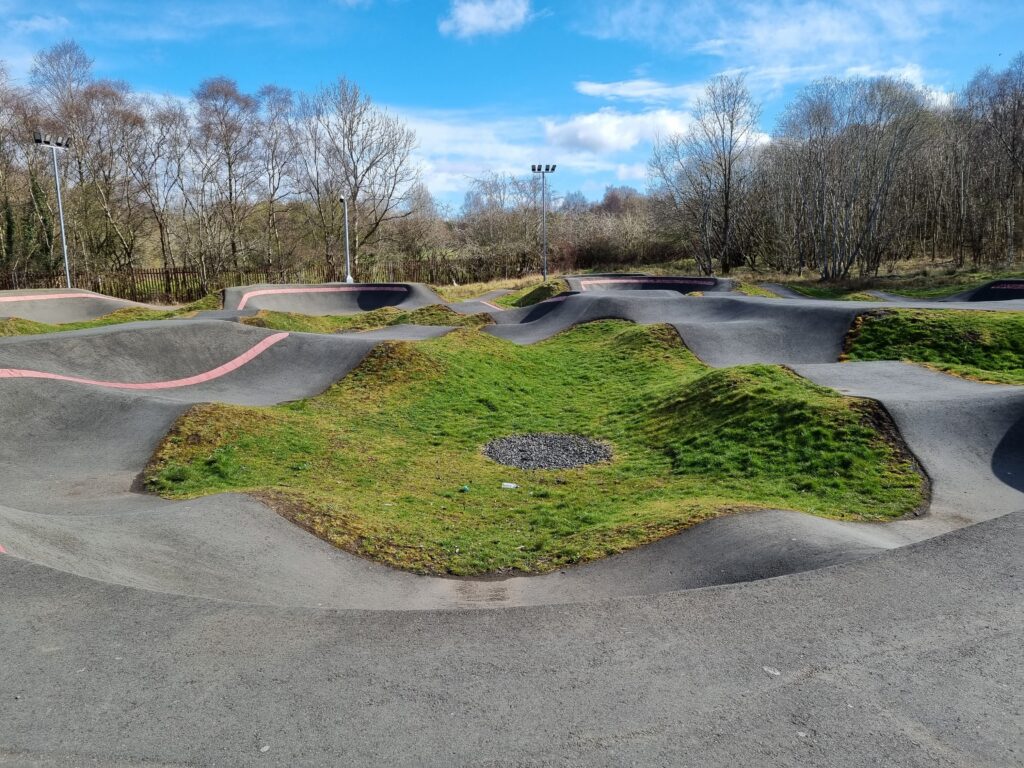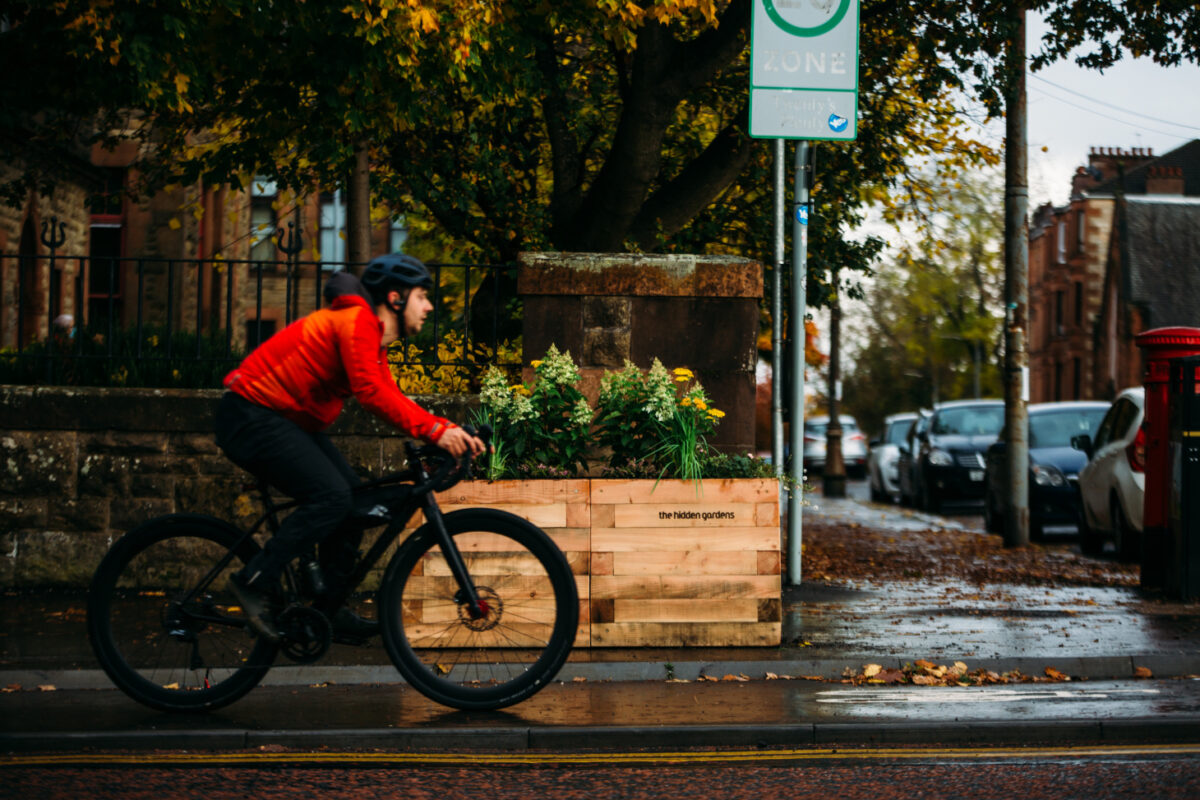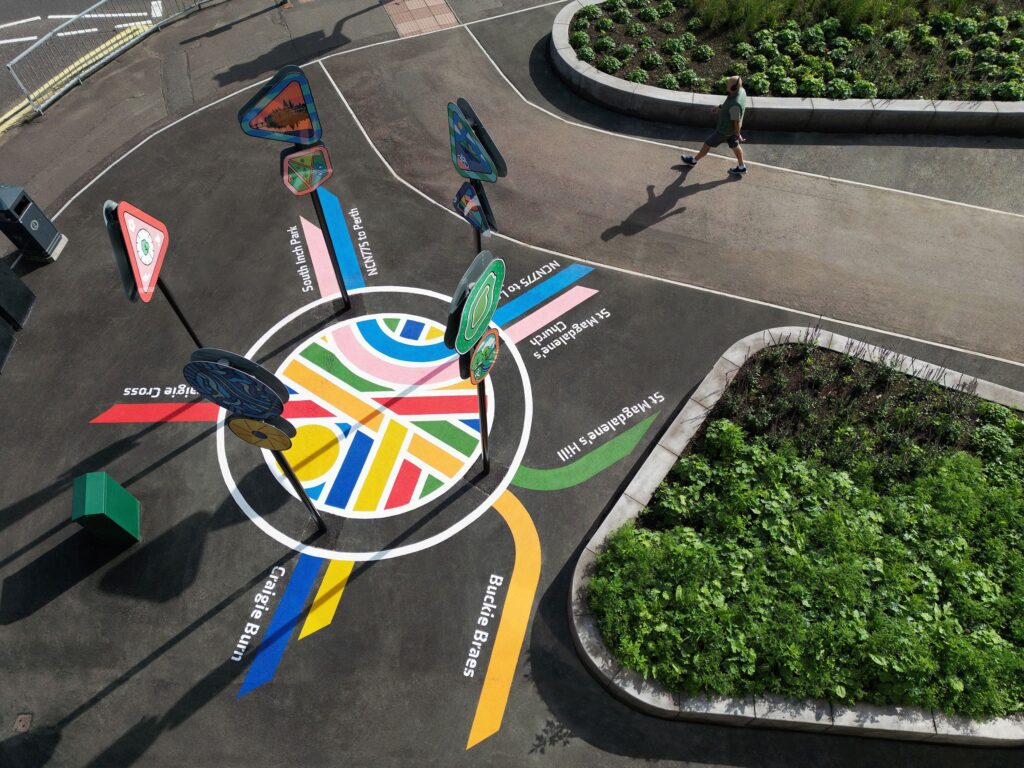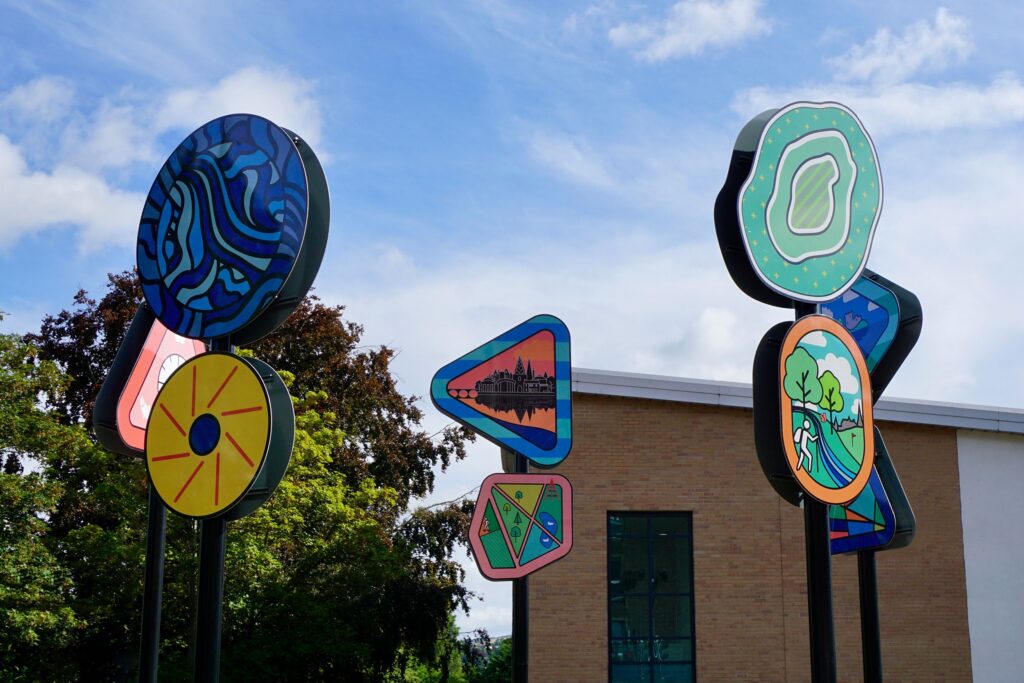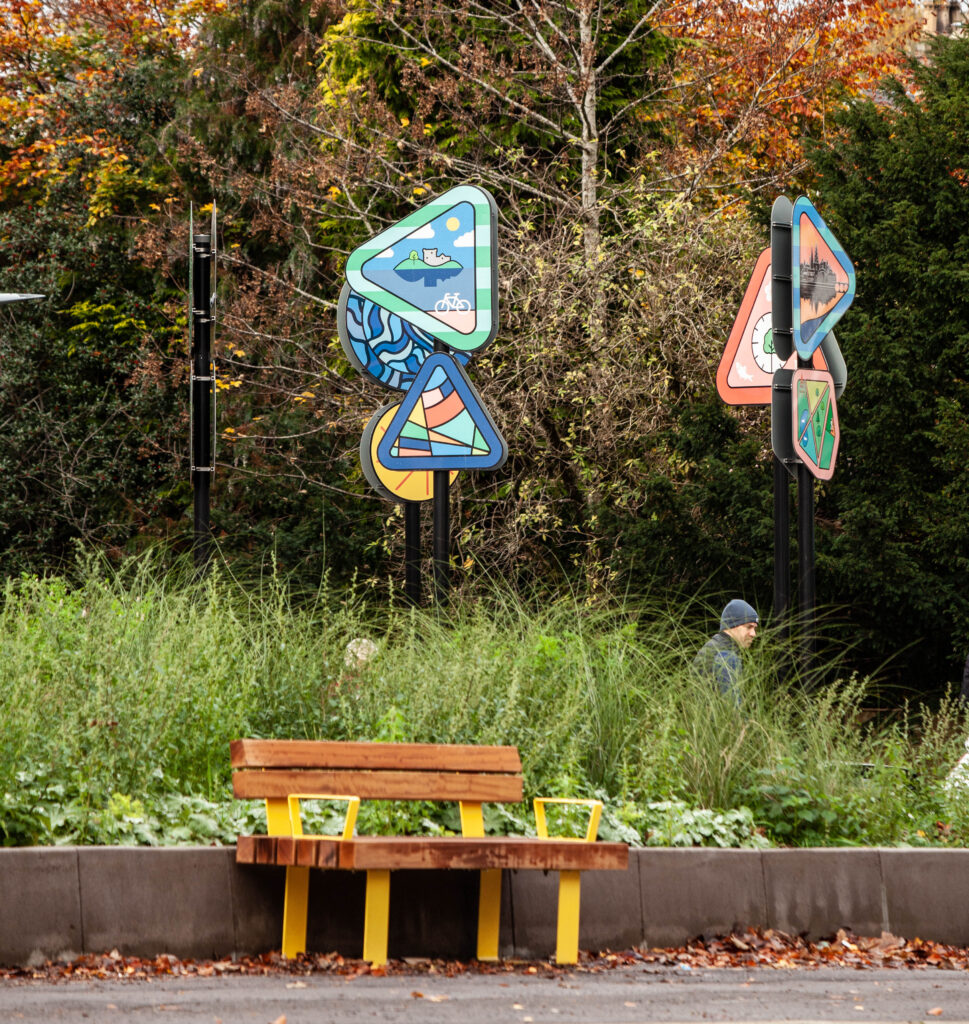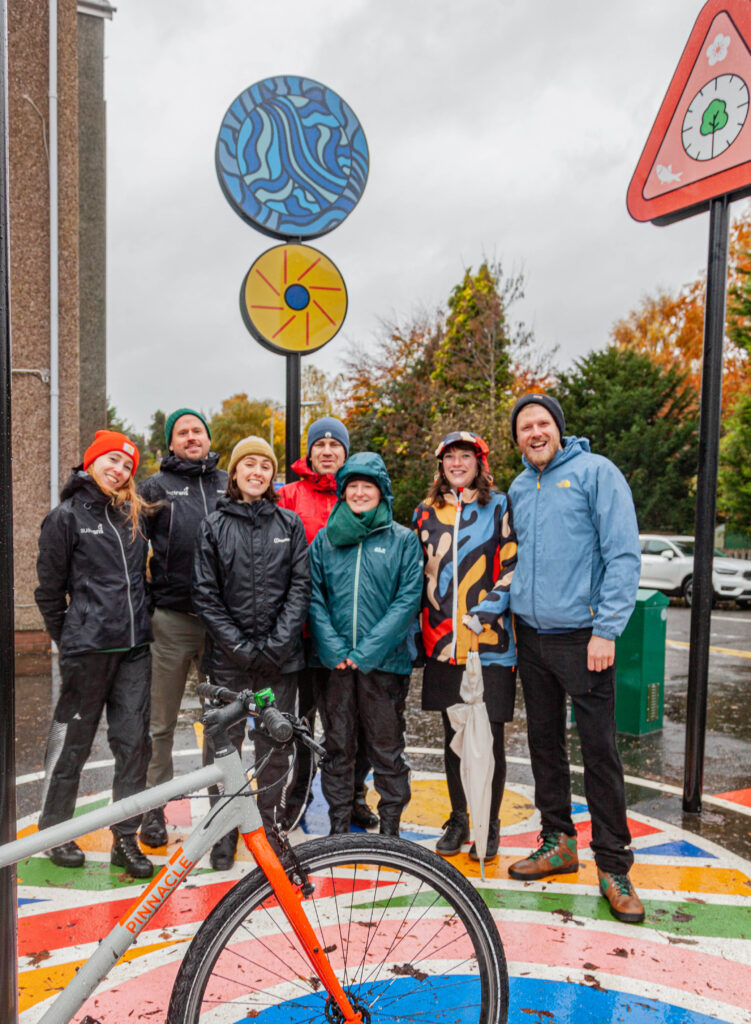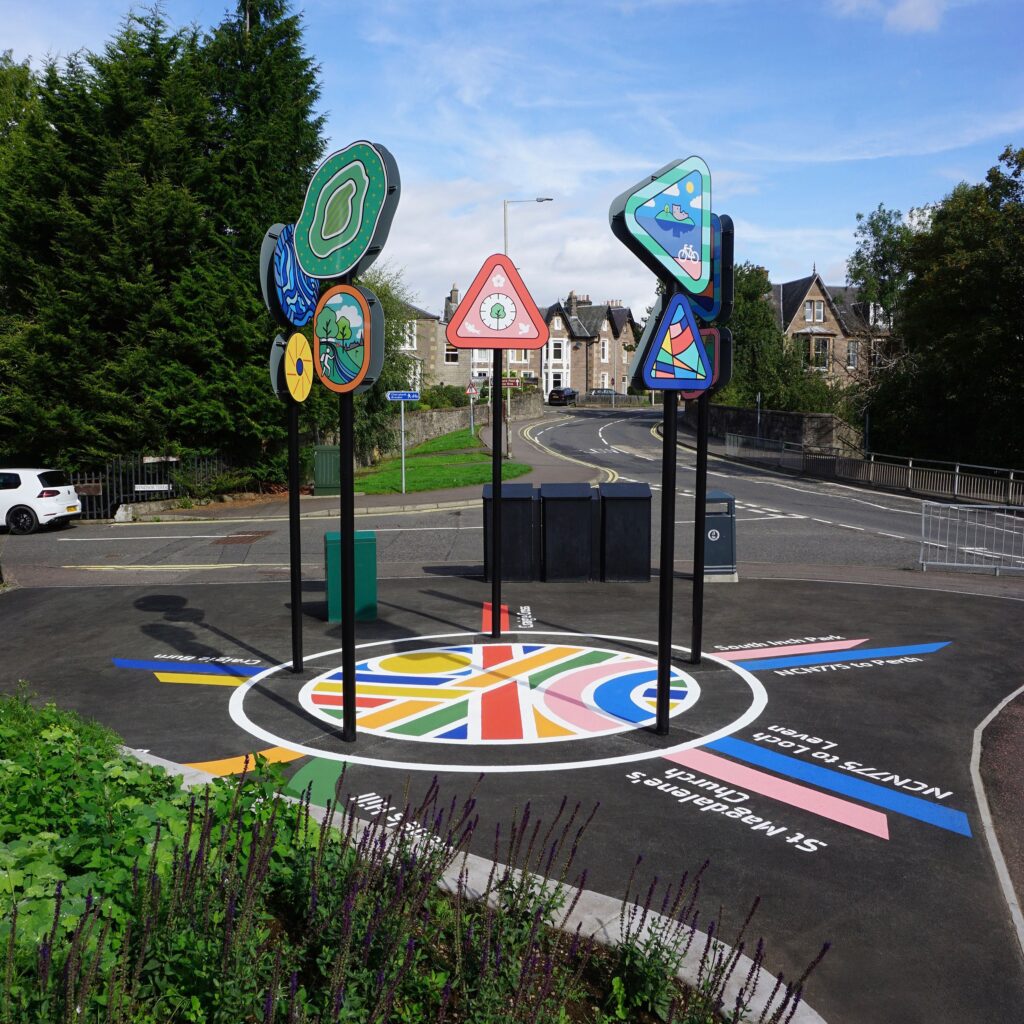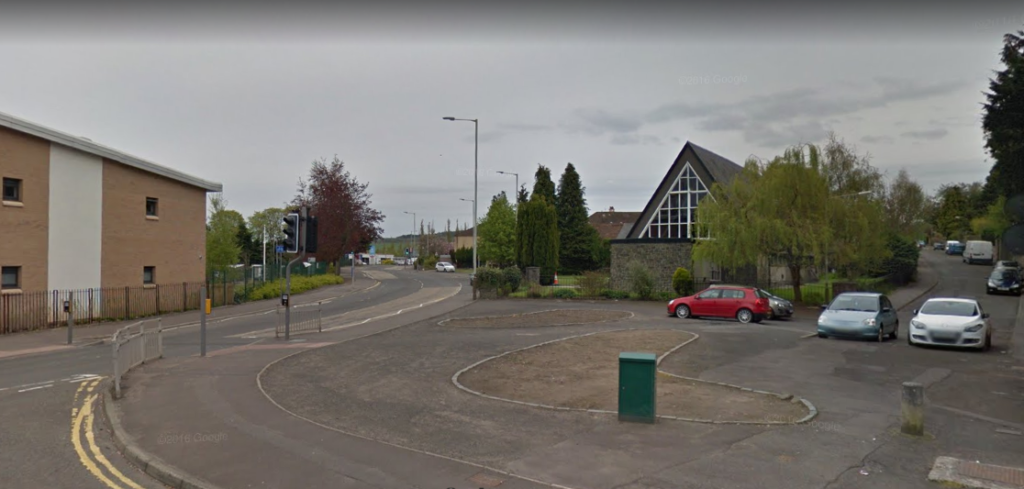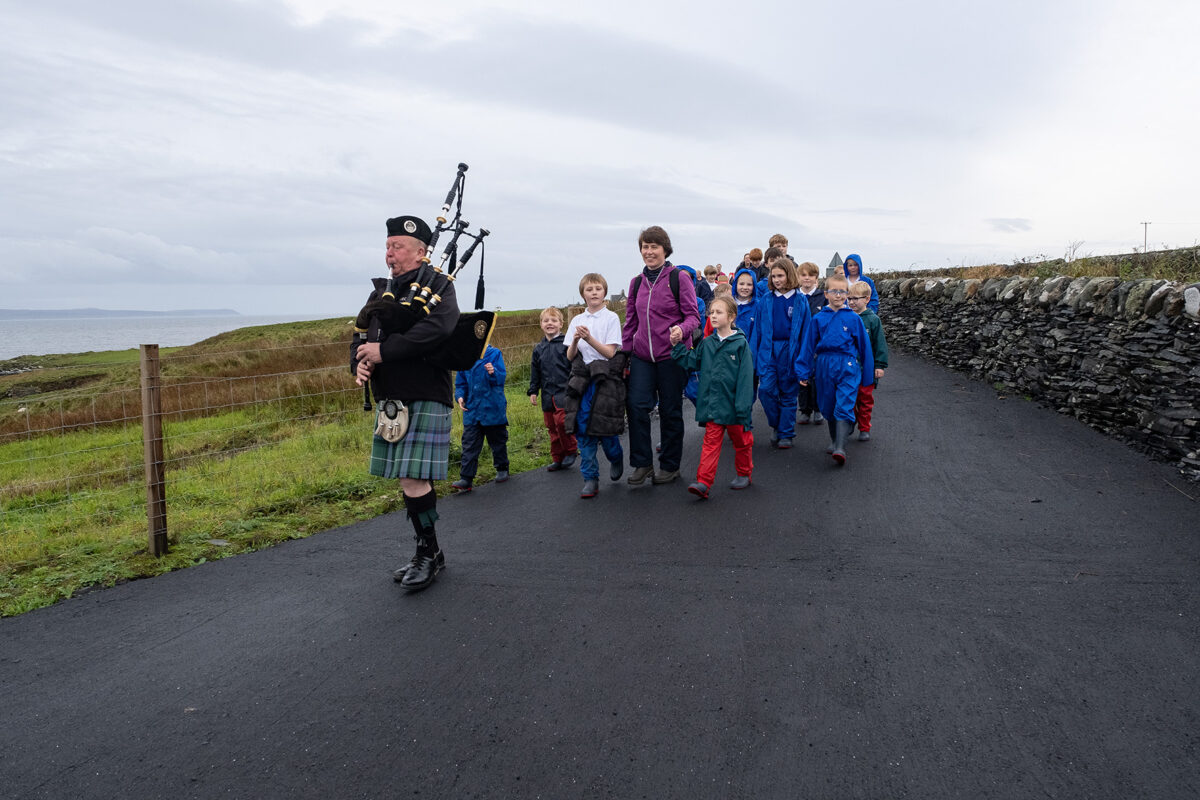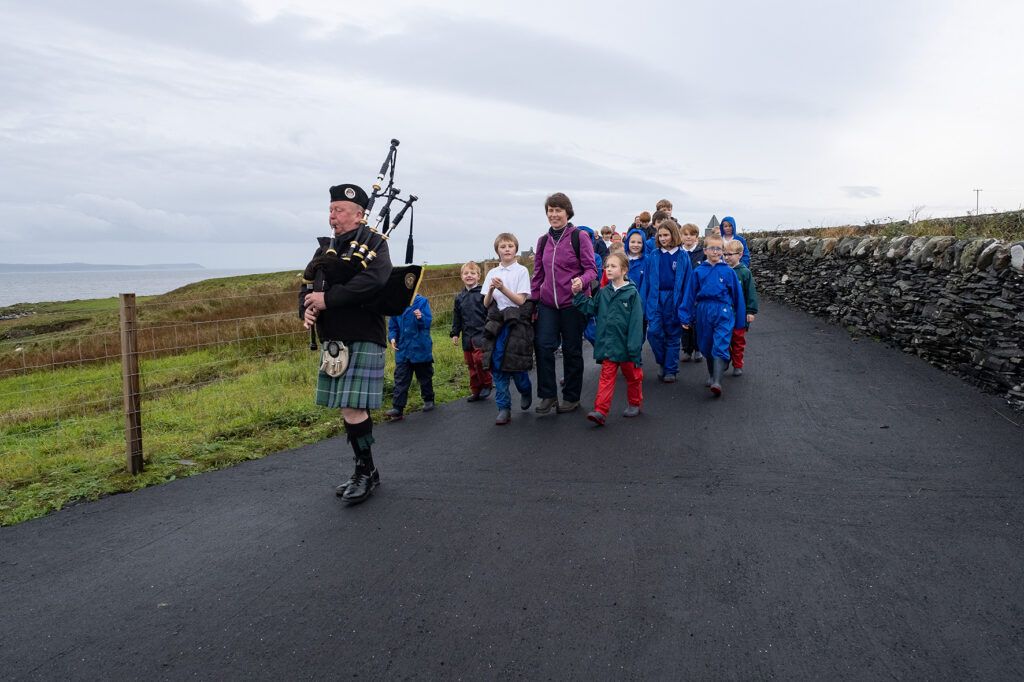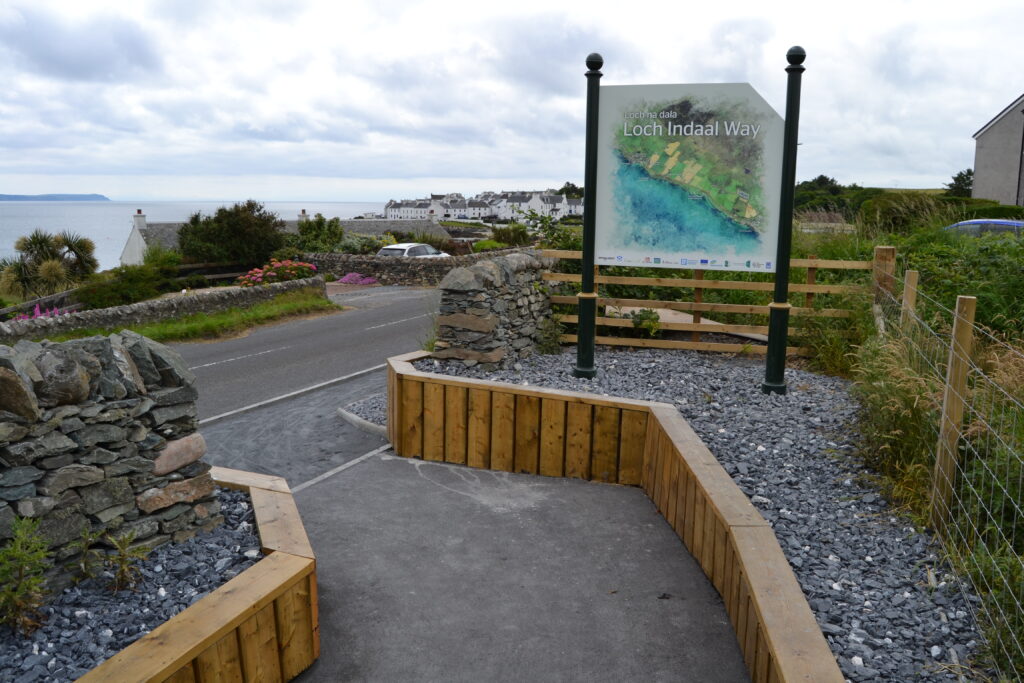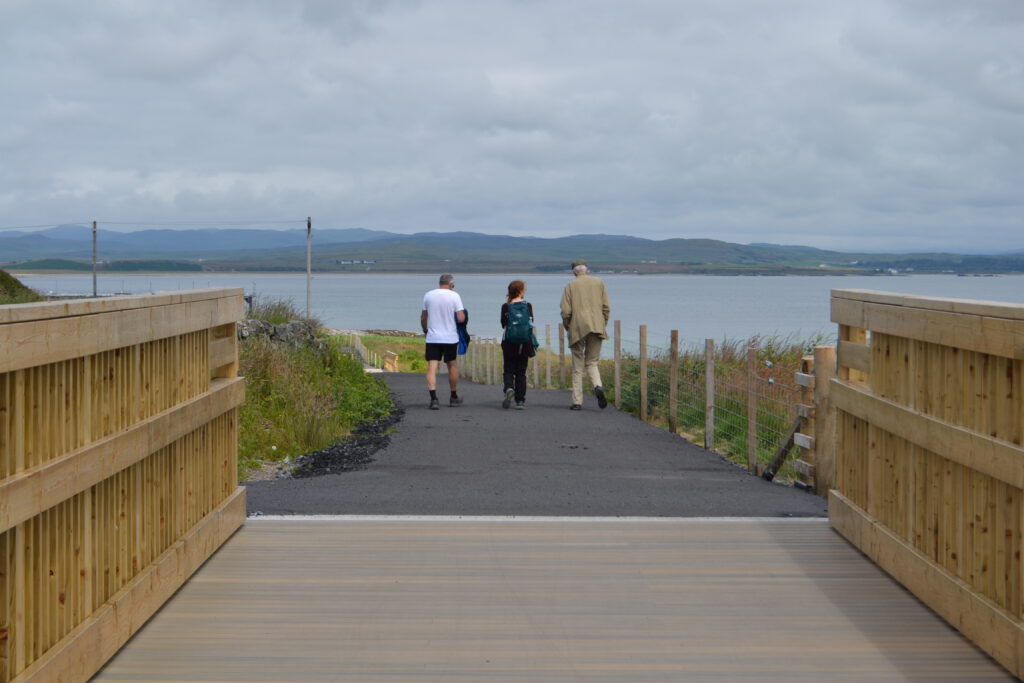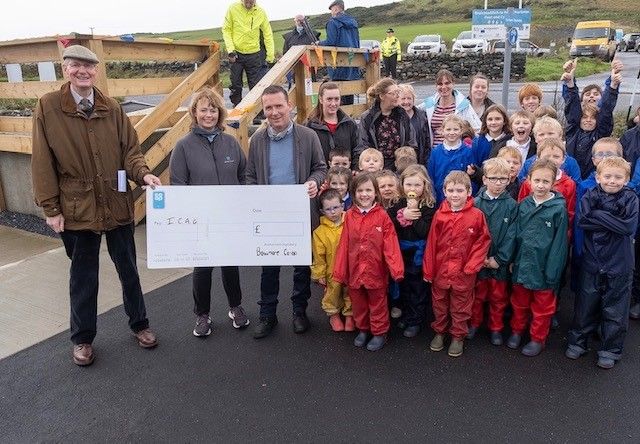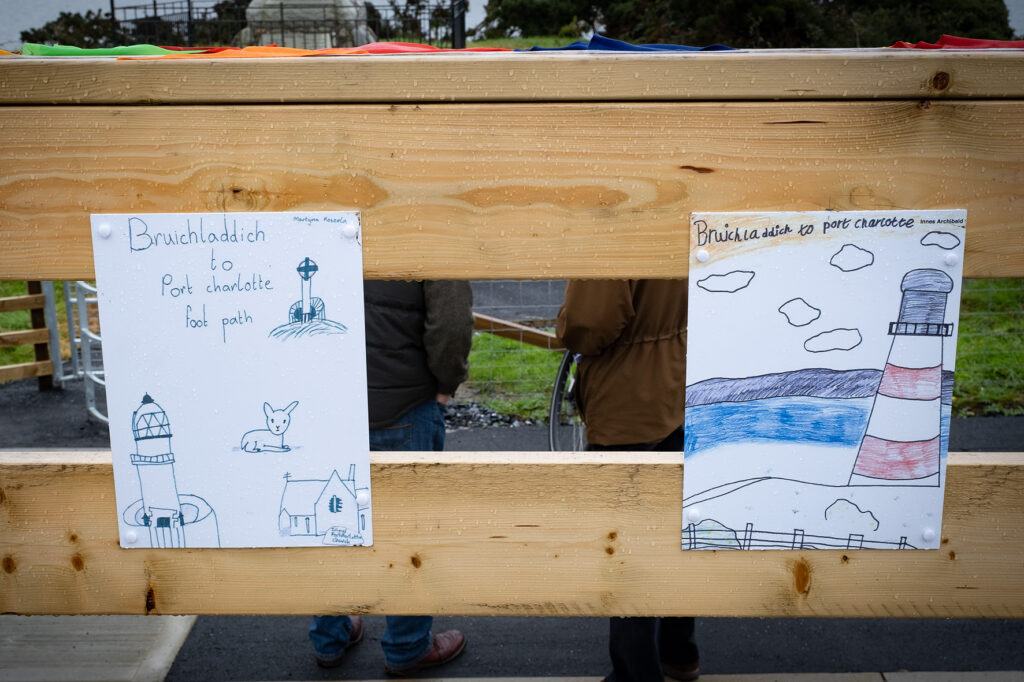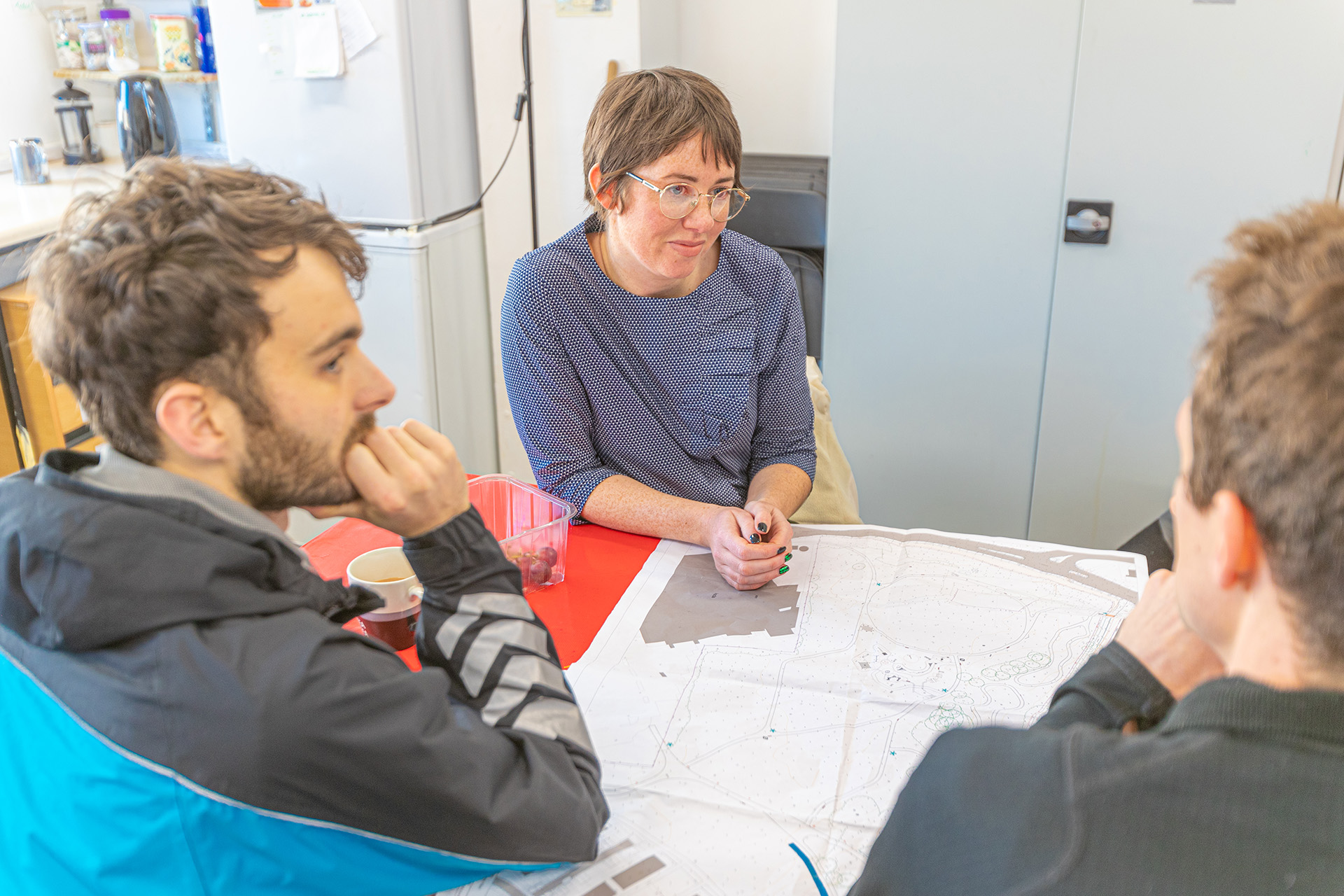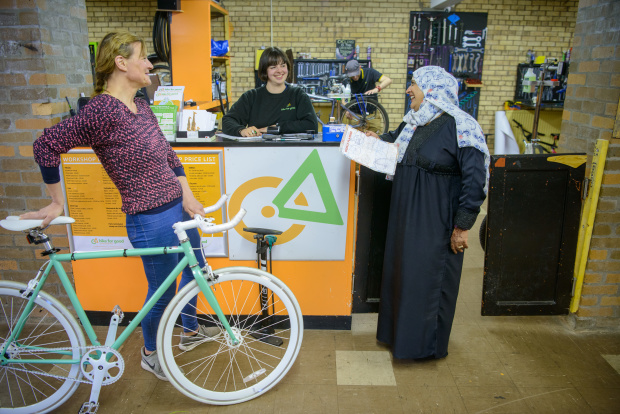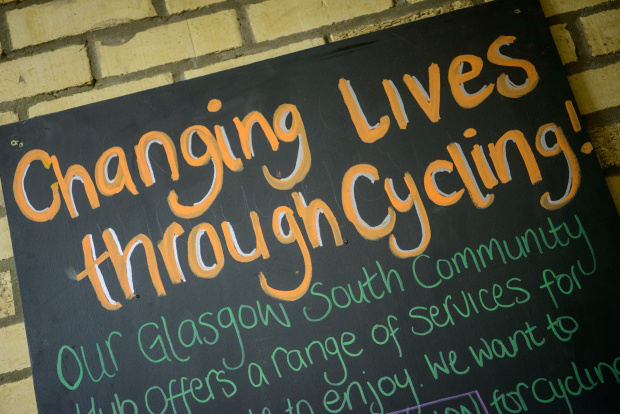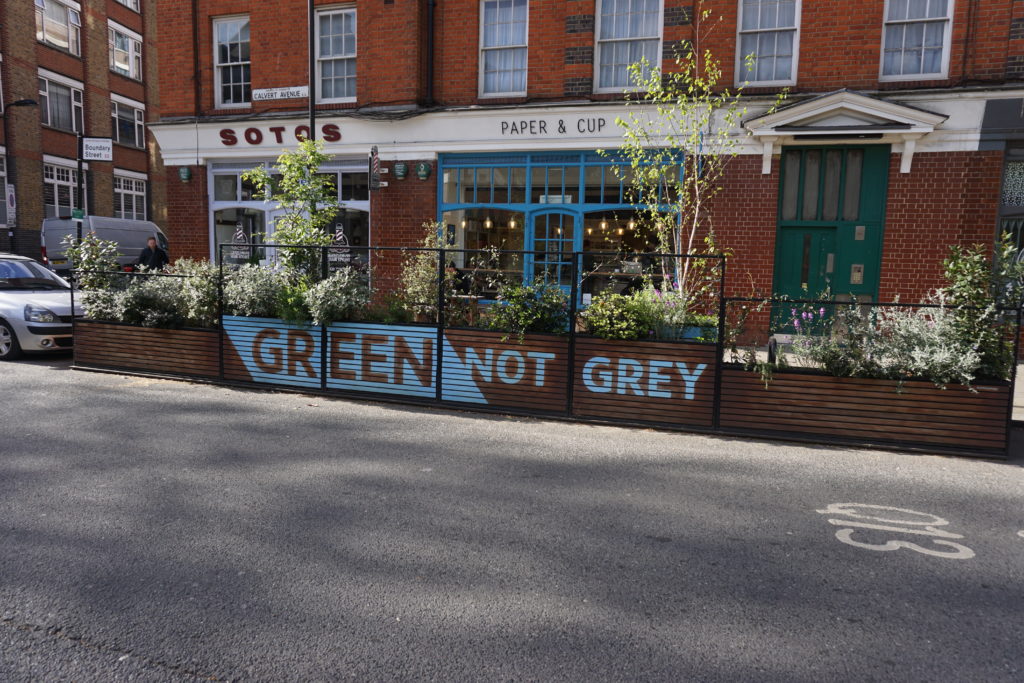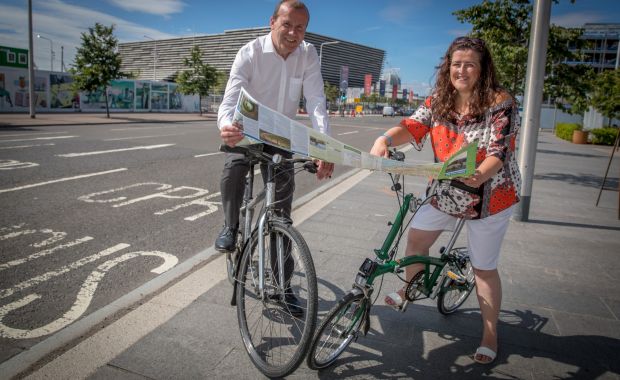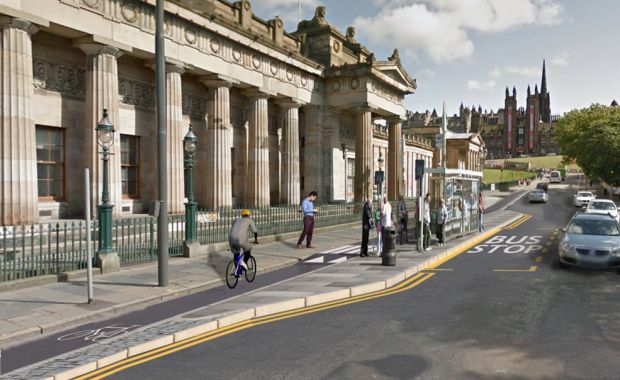Run by Sustrans and funded by the Scottish Government, the CLPLUS delivers pioneering and game-changing projects which inspire public bodies in Scotland to design better places and spaces for people to live, walk and cycle in for everyday journeys.
Proposals from Angus, Edinburgh, Dundee, East Renfrewshire, Glasgow, Perth and Kinross, North Ayrshire and South Ayrshire councils have all been selected to go through to the second phase of the competition, and funds each of the 10 projects with a grant of £50,000 to further develop their proposals.
The next stage will include extensive engagement with local communities and stakeholders and developing designs which could be taken to construction. Out of these 10 finalists, a number of successful projects will be selected to be taken to construction after 2020.
The grants will total £500,000 from Transport Scotland funds, delivered through Sustrans Scotland. Each project is expected to begin further development of the proposals within the next month with the judging stage of the competition set to take place in April 2019.
CLPLUS is demonstrating that designing places around the needs of people delivers a wide range of benefits, including boosting local economies, supporting smaller retailers, healthier communities and safer, more attractive streets.
Transport Secretary Michael Matheson said:
“The Community Links Plus fund generates some of the most exciting ideas for introducing the infrastructure we need to encourage more people to leave their cars at home and make journeys by bike or on foot.
“It’s very encouraging to see we have eight different local authorities which have not only identified opportunities in their areas but have been shortlisted for this stage of the competition. We will look forward to finding out which ideas are taken through to construction.
“The Scottish Government doubled the active travel budget to £80 million to help create an active nation of people leading healthier and more active lifestyles.”
Sustrans Scotland Head of Infrastructure Matthew Macdonald said:
“These 10 shortlisted projects are a bold step towards a healthier, more sustainable and vibrant Scotland which designs places around the needs of people over vehicular access.
“With the backing of Transport Scotland, Sustrans will now work in partnership with the eight shortlisted local authorities to help develop their pioneering visions into realistic proposals which have the support and input of their local communities.
“These exemplar projects demonstrate the wide ranging benefits that well designing safer, friendlier places bring, such as boosting footfall for local business, improving the health of local people and creating safer environments that are more pleasant to live in and move through.”
Councillor Lynne Short, Dundee City Council city development convener, said:
“This is an exciting win for Dundee as we look to offer more opportunities for people to cycle and walk safely around the city and beyond.
“Reaching the next stage of this process will allow us to further develop our ideas and consider options on how to improve multimodal connectivity between the centre of the city and communities.”
The 10 shortlisted projects are:
1. Angus Council: Accessible Arbroath, Active Travel, Active Town
The redesign of the A92 in Arbroath to create a segregated cycleway and footpath through the town and reduce the number of car lanes from four to two. The project would also create a 1.5km active travel corridor linking the West Links play area to the Abbey and would include redesigned junctions, crossings and landscaping to encourage and enhance cycling and walking for visitors and residents.
2. City of Edinburgh Council: Edinburgh Active Travel Network
Creating a connected network of routes across the capital, enabling cycling to be a realistic journey choice from many parts of the city to the city centre, Edinburgh Park/Gyle, Leith and the Waterfront and the Bioquarter, and also bringing significant benefits to pedestrians and to the wider public realm.
3. Dundee City Council: Northern Links
The creation of three strategic cycle routes connecting the city centre and the communities to the north east and west. These routes would form a joined up network and cross the city’s inner ring road, to encourage more people to walk or cycle to the city centre and waterfront.
4. East Renfrewshire Council: A727 Active Travel Corridor,Toll to Toll, and the A77 Newton Mearns to Glasgow Cycle Corridor
Linking Thornliebank with Clarkston the A727 Toll to Toll project would see the creation of dedicated cycle paths and improved walking routes as part of an enhanced public realm. The project would also create improvements for people walking and cycling along the A77 from Newton Mearns and Giffnock to Glasgow, by creating segregated cycle ways and connecting to key public transport links in the area.
5. Glasgow City Council: North City Way
The North City Way (NCW) aims to deliver a coherent, predominantly segregated, walking and cycling route from Milton into Glasgow City Centre, via Ashfield, Cowlairs, Keppochhill and Sighthill. It will utilise a vehicle-free bridge over the M8 and a new bridge over the Glasgow – Edinburgh railway, creating a quiet and safe route to the City Centre for people on bikes and on foot from the north of the city and beyond.
6. Glasgow City Council: Yorkhill Kelvingrove Cycling Village
Through partnership working with Glasgow City Council and Sustrans, the Community Council have already overseen some enhancements to the area including improved roads, footways and signage, installation of cycle racks and on-street cycle pumps and new Nextbike stations. Following this success, this project aims to improve the look and feel of the area, prioritising the needs of pedestrians and cyclists and creating an attractive ‘gateway’ to the SECC/Hydro.
7. Glasgow City Council: Glasgow Avenues Plus
The City Deal funded ‘Avenues’ project is a core component of the City Centre Strategy and Action Plan 2014-19, which aims to “ provide an excellent and sustainable quality of life and experience for citizens, visitors and investors that will drive growth in employment, population and shared prosperity”. Through the development of Avenues the project aims to introduce connected green routes across the city centre that will link key neighbourhoods, gateways and focus points, display a people-centred approach to street design, promote sustainable modes of transport and improve perceptions of the city.
The project builds on the Community Links PLUS partnership and will extend the benefits of both the pilot Sauchiehall Street Avenue (under construction) and ‘The Underline’ (one of the next Avenues due for completion in 2021) into the communities on the north-western fringes of the city centre. The proposed Glasgow Avenues Plus activity will further extend this connected network through and out into the wider city, provide short and long term cycle storage at key transport nodes and develop community based cycle initiatives across Glasgow providing the opportunity for all abilities all ages to participate.
8. North Ayrshire Council: Coastal Connections
Coastal Connections aims to improve the walking, cycling and public transport links between Irvine, Stevenston, Saltcoats and Ardrossan by creating new, segregated routes, bridges and new links between the towns. It will contribute to the regeneration of the areas, by creating placemaking hubs, improving waymarking and provide improved access to schools, employment areas, town centres, housing areas and key attractions including the
Maritime Museum and new Portal leisure centre.
9. Perth and Kinross Council: Perth City Region Cycle Network
The creation of eight new, safe and direct walking and cycling routes into the city centre which will encourage more active travel and help improve the look and feel of local areas. The routes would link to public transport and National Cycle Network routes in the area.
10. South Ayrshire Council: Accessible Ayr
Accessible Ayr is a project to transform how people access Ayr town centre and how the town centre links to key destinations in the area, including local attractions and residential areas. The project reimagines Burns Statue Square with the potential to link the rail and bus infrastructure through a new combined public transport interchange.
Find out more about Sustrans’ Community Links PLUS competition
Update 31/08/2019: Community Links PLUS has become part of Places for Everyone. Details for the new programme can be found here.
